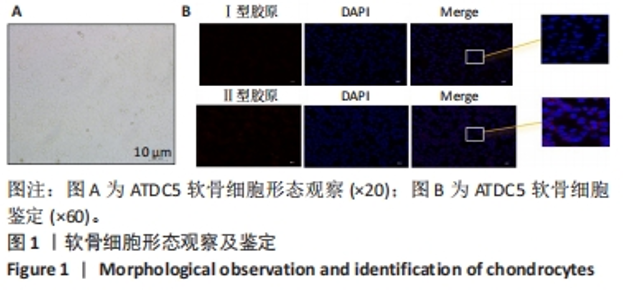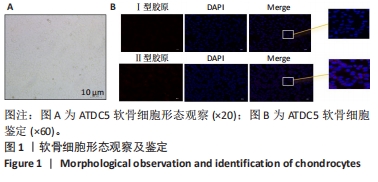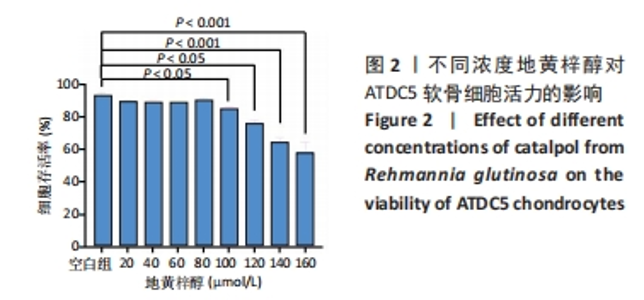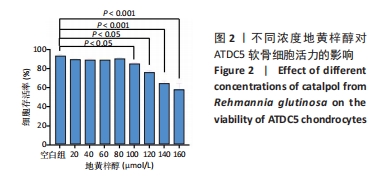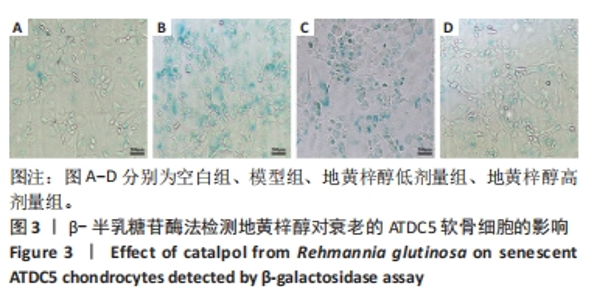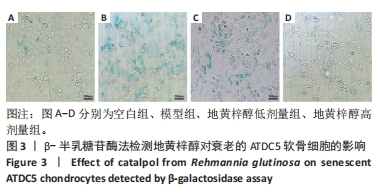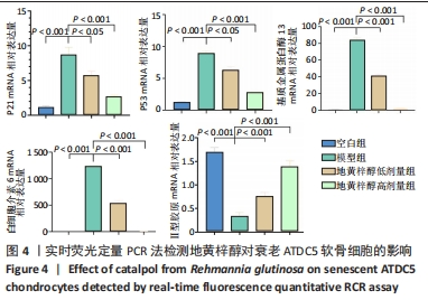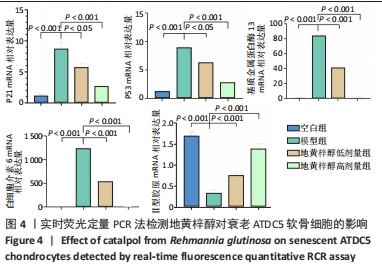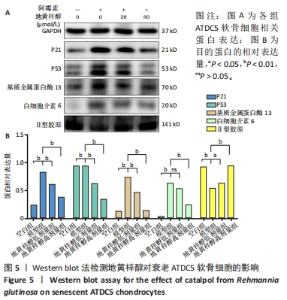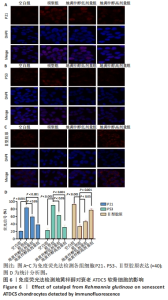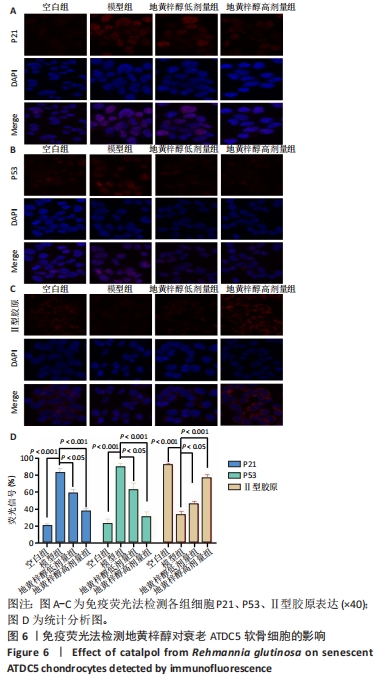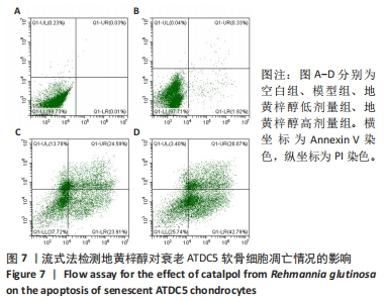[1] YAO Q, WU X, TAO C, et al. Osteoarthritis: pathogenic signaling pathways and therapeutic targets. Signal Transduct Target Ther. 2023; 8(1):56.
[2] MOTTA F, BARONE E, SICA A, et al. Inflammaging and Osteoarthritis. Clin Rev Allergy Immunol. 2023;64(2):222-238.
[3] TONG L, YU H, HUANG X, et al. Current understanding of osteoarthritis pathogenesis and relevant new approaches. Bone Res. 2022;10(1):60.
[4] 梁宏伟,余磊,赵宝峰,等. 塞来昔布治疗膝骨关节炎的临床疗效及其机制[J]. 武警医学,2023,34(10):829-832.
[5] 史思峰,林强,卢文海. 膝骨关节炎单髁置换术联合关节腔内注射倍他米松的临床研究[J]. 实用骨科杂志,2023,29(10):898-902.
[6] BIRCH J, GIL J. Senescence and the SASP: many therapeutic avenues. Genes Dev. 2020;34(23-24):1565-1576.
[7] 段戡,戴易,宗亿洲,等. 细胞衰老在骨关节炎中的研究进展[J]. 医学研究杂志,2023,52(10):6-9.
[8] IIJIMA H, GILMER G, WANG K, et al. Age-related matrix stiffening epigenetically regulates α-Klotho expression and compromises chondrocyte integrity. Nat Commun. 2023;14(1):18.
[9] REN X, ZHUANG H, JIANG F, et al Ceria Nanoparticles Alleviated Osteoarthritis through Attenuating Senescence and Senescence-Associated Secretory Phenotype in Synoviocytes. Int J Mol Sci. 2023; 24(5):5056.
[10] 宋金平,田硕,苗明三.2020年版《中华人民共和国药典》(一部)可外用中药药性特点分析[J].中医学报,2023,38(10):2254-2260.
[11] CAI C, SUN P, CHEN Z, et al. Catalpol protects mouse ATDC5 chondrocytes against interleukin-1β-induced catabolism. Histol Histopathol. 2022(12):18575.
[12] BHATTAMISRA SK, KOH HM, LIM SY, et al. Molecular and Biochemical Pathways of Catalpol in Alleviating Diabetes Mellitus and Its Complications. Biomolecules. 2021;11(2):323.
[13] 张斌,代凤雷,尹宏,等.地黄梓醇干预早期膝骨关节炎大鼠膝关节滑膜组织中炎症相关因子的表达[J].中国组织工程研究,2020, 24(29):4656-4661.
[14] 何强,钱卫庆,姚年伟,等.地黄梓醇对新生大鼠炎性成骨细胞的保护作用[J].中国组织工程研究,2020,24(29):4626-4631.
[15] 何强,尹宏,代凤雷,等.地黄梓醇对木瓜蛋白酶诱导的大鼠膝骨关节炎模型滑膜组织中S100A12、IL-1β、Galectin-3表达的影响[J].中国免疫学杂志,2020,36(21):2597-2602.
[16] LI G, LIU S, CHEN Y, et al. An injectable liposome-anchored teriparatide incorporated gallic acid-grafted gelatin hydrogel for osteoarthritis treatment. Nat Commun. 2023;14(1):3159.
[17] LIU M, ZHANG J, LIU W, et al. Salidroside protects ATDC5 cells against lipopolysaccharide-induced injury through up-regulation of microRNA-145 in osteoarthritis [retracted in: Int Immunopharmacol. 2021 Jun;95:107711]. Int Immunopharmacol. 2019;67:441-448.
[18] 何强,梅杰,孙欣.膝骨关节炎发病及临床症状发展与中医体质类型相关性分析[J].中国中医骨伤科杂志,2023,31(10):23-28.
[19] LI G, LIU S, CHEN Y, et al. An injectable liposome-anchored teriparatide incorporated gallic acid-grafted gelatin hydrogel for osteoarthritis treatment. Nat Commun. 2023;14(1):3159.
[20] 李仁重,吴三兵,孙奎,等. 补肾活血通络针刺法联合中药熏洗疗法治疗肝肾亏虚型膝骨关节炎临床观察[J].安徽中医药大学学报, 2023,42(6):45-49.
[21] CLARK GP. Treatment options for symptomatic knee osteoarthritis in adults. JAAPA. 2023;36(11):1-6.
[22] DEBBI EM, MOSICH GM, BENDICH I, 等.当日出院的全髋、膝关节置换术:趋势、并发症和再入院率[J].临床骨科杂志,2023,26(6):855.
[23] 黄存,宁宁,陈佳丽,等.医患共享决策在髋膝关节置换术中的应用研究新进展[J].华西医学,2023,38(10):1585-1589.
[24] CALCINOTTO A, KOHLI J, ZAGATO E, et al. Cellular Senescence: Aging, Cancer, and Injury. Physiol Rev. 2019;99(2):1047-1078.
[25] CORYELL PR, DIEKMAN BO, LOESER RF. Mechanisms and therapeutic implications of cellular senescence in osteoarthritis. Nat Rev Rheumatol. 2021;17(1):47-57.
[26] LUCAS V, CAVADAS C, AVELEIRA CA. Cellular Senescence: From Mechanisms to Current Biomarkers and Senotherapies. Pharmacol Rev. 2023;75(4):675-713.
[27] 孙宇. 细胞衰老的过去、现在和未来:从科学解析到主动干预[J]. 中国医学前沿杂志(电子版),2023,15(10):18-25.
[28] TETI G, MAZZOTTI E, GATTA V, et al. Implication of Cellular Senescence in Osteoarthritis: A Study on Equine Synovial Fluid Mesenchymal Stromal Cells. Int J Mol Sci. 2023;24(4):3109.
[29] 徐正一,万乾炳,陈俊宇. 天然小分子化合物调控H型血管治疗骨骼相关疾病及在组织工程中的应用[J]. 中国组织工程研究,2023, 27(34):5546-5553.
[30] LUO L, PERVAIZ S, CLEMENT MV. A superoxide-driven redox state promotes geroconversion and resistance to senolysis in replication-stress associated senescence. Redox Biol. 2023;64:102757.
[31] KIRSCH V, RAMGE JM, SCHOPPA A, et al. In Vitro Characterization of Doxorubicin-Mediated Stress-Induced Premature Senescence in Human Chondrocytes. Cells. 2022;11(7):1106. |
